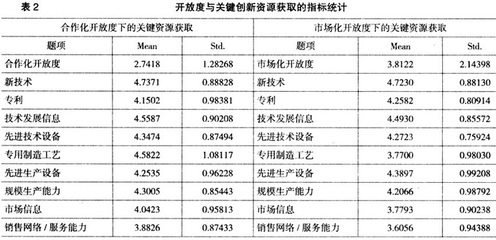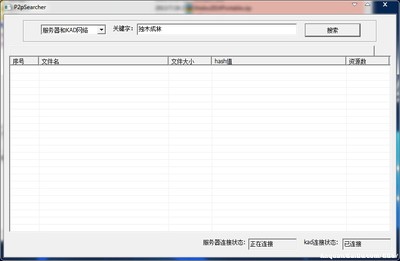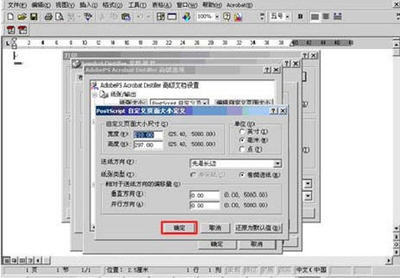ALCTSBoard Approves Statement on Open Access
http://www.ala.org/alctsnews/features/openaccess14
On June 13, 2014, the ALCTS Board approved thefollowing ALCTS Statement on Open Access.
Association for Library Collections andTechnical Services
Statement on Open Access
Background
The Internet and digital technology have profoundlychanged the nature of scholarly communication and publishing,making possible worldwide access to scholarship in ways neverbefore possible and changing published scholarship into both acommon good and a public good.1Openaccess contributes to the advancement of scholarship worldwide asscholars build on their colleagues’ work. The 2001 Budapest OpenAccess Initiative (BOAI) (www.soros.org/openaccess) wasthe first initiative to use the term “open access” and to defineit, the first to call for open access journals and open accessarchives as complementary strategies, and the first to call foropen access in all disciplines and countries.2The BOAI states,
There are many degrees and kinds of wider andeasier access to this literature. By "open access" to thisliterature, we mean its free availability on the public Internet,permitting any users to read, download, copy, distribute, print,search, or link to the full texts of these articles, crawl them forindexing, pass them as data to software, or use them for any otherlawful purpose, without financial, legal, or technical barriersother than those inseparable from gaining access to the internetitself. The only constraint on reproduction and distribution, andthe only role for copyright in this domain, should be to giveauthors control over the integrity of their work and the right tobe properly acknowledged and cited.
A key component of open access is the management ofcopyright to remove traditional use restrictions. The 2003 BerlinDeclaration states:
The author(s) and right holder(s) of suchcontributions grant(s) to all users a free, irrevocable, worldwide,right of access to, and a license to copy, use, distribute,transmit and display the work publicly and to make and distributederivative works, in any digital medium for any responsiblepurpose, subject to proper attribution of authorship (communitystandards, will continue to provide the mechanism for enforcementof proper attribution and responsible use of the published work, asthey do now), as well as the right to make small numbers of printedcopies for their personal use.
In practice, open access may be either gratis orlibre.Gratismeans “forzero price” and gratis open access materials have no pricebarriers, but do have permissionbarriers.Libremeans“with little or no restriction,” thus libre open access materialsremove both price barriers and unnecessary copyright and licensingrestrictions. The BOAI states,
gratis access is better than priced access, libreaccess is better than gratis access, and libre under CC-BY[Creative Commons attribution license, the most open andaccommodating of Creative Commons licenses] or the equivalent isbetter than libre under more restrictive open licenses. We shouldachieve what we can when we can. We should not delay achievinggratis in order to achieve libre, and we should not stop withgratis when we can achieve libre.3
Two methods support open access to scholarlyjournal literature: archiving individual articles (called the“green” road) in open access digital repositories, which may beinstitutional or disciplinary, and publishing open access journals(called the “gold” road). Both offer access without cost to thereaders, but are not without cost to sustain. Many academic andcultural institutions maintain institutional repositories intowhich members of their communities may deposit their works. Authorsmake no payments and the institution provides and maintains thedepository. Repositories that comply with OAI-PMH (Open ArchivesInitiative-Protocol for Metadata Harvesting) make records for theirholding available for harvesting and discovery through theInternet, thus improving discovery. Authors maydeposit preprints or postprints.LibraryResources and Technical Servicescurrentlygrants authors the right to self-archive articles in digitalrepositories, and has provided this green open access for sometime.
Directives from granting agencies (the NationalInstitutes of Health in the U.S.) and the Office of the U.S.President have mandated open access to the results of publiclyfunded research.4Numerous colleges and universities have implemented open accesspolicies. For the most part, these directives and policies seegreen and gold open access as equallyacceptable.
Gold open access journals are notwithout cost to produce and their publication requires new businessmodels designed to replace subscription revenue streams. Althoughpublishing open access journals costs less because publishers donot have to manage subscription lists or pay for printing andmailing, productions costs remain similar Commercial publishersusually charge an article processing fee (sometimes called the“author pays model”). The average article processing fee across alljournals listed in the Direc tory of Open Access Journals averaged$900 in 2010.5Mostgrant-funded research supports article processing fees and manyhigher education institutions offer campus-based open access fundsto assist in paying article processing fees (assuming the journalmeets certain conditions). Some journals are hybrids—they aresubscription-based but authors may pay a fee to open their specificarticles. Some journals provide open access after an embargoperiod. Most experts on open access agree that neither hybrids norembargoed journals are truly open access.
Scholarly journals in the humanities and socialsciences face greater challenges than those in the sciences in thetransition to gold open access. The articles they publish areseldom the result of grant-funded research, thus eliminating onesource for article processing fees. Many continueto be published by small societies and professional organizationswith modest operating budgets that cannot subsidize a gold openaccess journal. Many authors who publish in these journals arepractitioners without ready access to open access funds and few canpersonally afford article processing fees.
The number of gold open access journals continuesto increase and many agree these journals should be the ultimategoal, but the most common road to open access today is throughself-archiving.
One misconception about open access journalspersists—that they are lower quality. The peer review process, withauthorizes and accredits scholarship, is completely consistent withboth green and gold open access.
Most of the focus of the open access movement hasbeen and continues to be on the scholarly, peer-reviewed journalliterature. Open access is increasingly being provided to otherscholarly communication formats, including book chapters and booksin total. One of the more successful models for books is to providethe monograph open access online and charge for the print version(often print-on-demand). The challenge is to generate enough incometo support production and generate some royalties for authorsand/or copyright holders. Many societies, professionalorganizations, and individuals make non-scholarly materials openlyavailable with various copyright and licensing restrictions—or useCreative Commons licenses—to make their use more or less open.
ALCTS Open Access Statement
[1]Acommon good is a specific "good" that is shared and beneficial forall (or most) members of a community. A public good is a “good”that is non-rivalrous and non-excludable—consumption of the good byone individual does not reduce the amount of the good available forconsumption by others, and no one can be effectively excluded fromusing that good.
[2]PeterSuber, “Happy Birthday BOAI!,”Open AccessNews: News from the Open Access Movement, (blog), Feb. 14,2008,http://www.earlham.edu/~peters/fos/2008/02/happy-birthday-boai.html
[3]BudapestOpen access Initiative, “Ten Years on from the Budapest Open AccessInitiative: Setting the Default to Open” (Sept. 12,2012),http://www.budapestopenaccessinitiative.org/boai-10-recommendations.
[4]NationalInstitutes of Health, “The Omnibus Appropriations Act of 2009 Makesthe NIH Public Access Policy Permanent,”http://grants.nih.gov/grants/guide/notice-files/NOT-OD-09-071.html;Memorandum for the Heads of Executive Departments and Agencies byJohn P. Holdren, Director Office of Science and Technology Policy,“Increasing Access to the Results of Federally Funded ScientificResearch,” Feb. 22, 2013,www.whitehouse.gov/sites/default/files/microsites/ostp/ostp_public_access_memo_2013.pdf.

[5]DavidSolomon and Bo-Christer Björk, “Publication Fees in Open AccessPublishing: Sources of Funding and Factors Influencing Choice ofJournal,”Journal of the American Society forInformation Science and Technology63, no. 1(2012): 98-107.
 爱华网
爱华网

